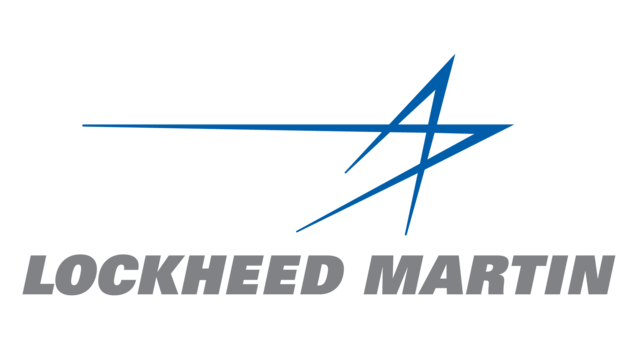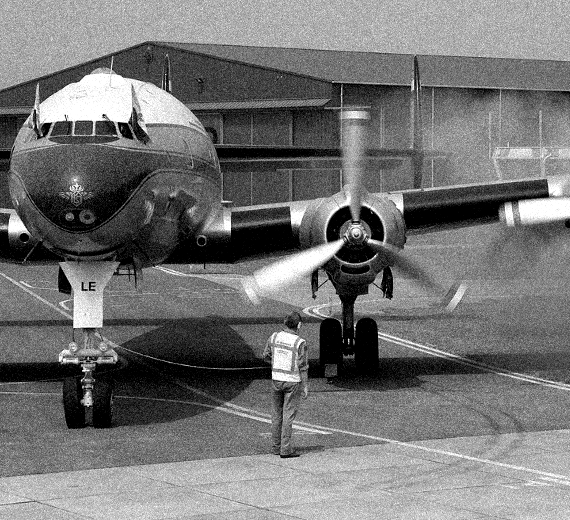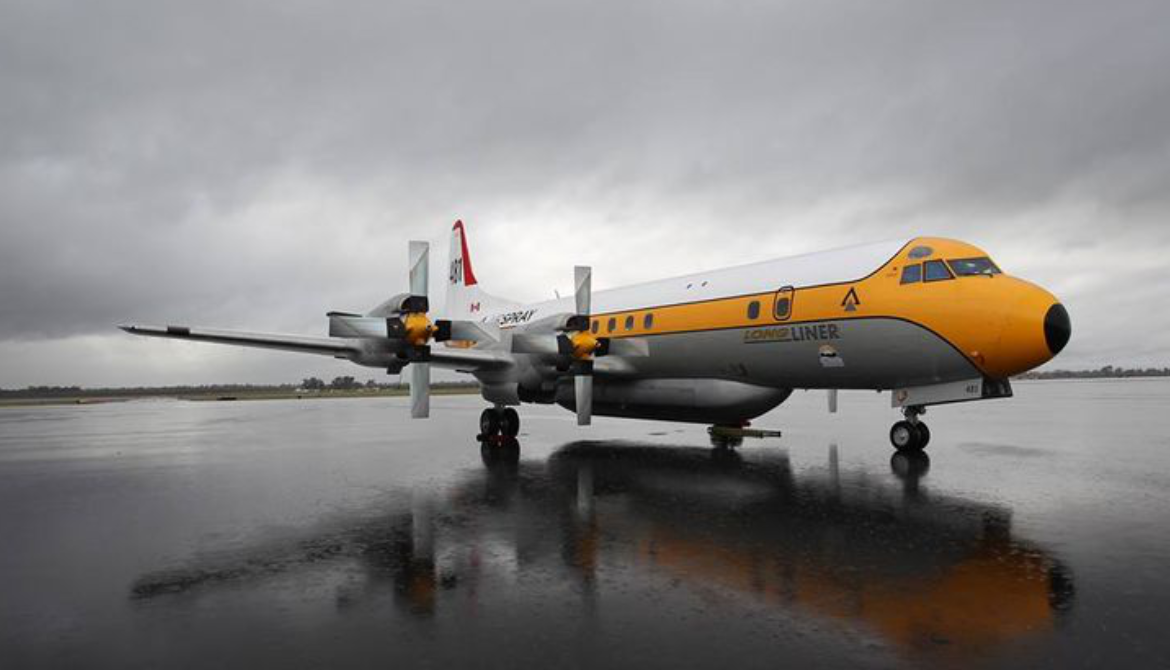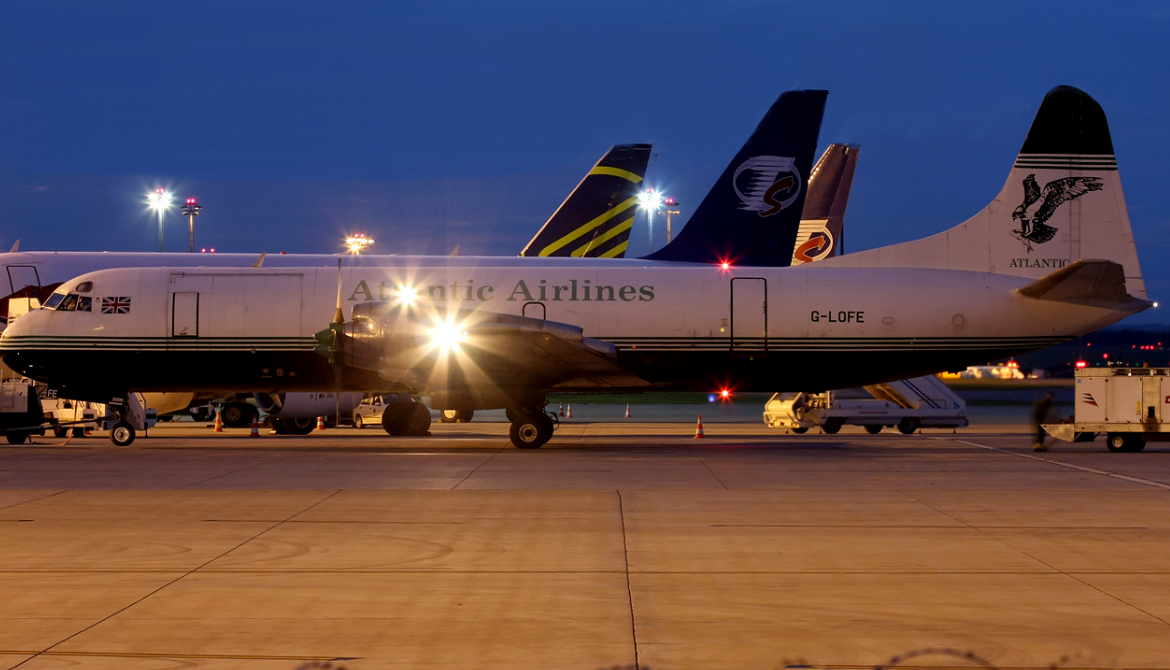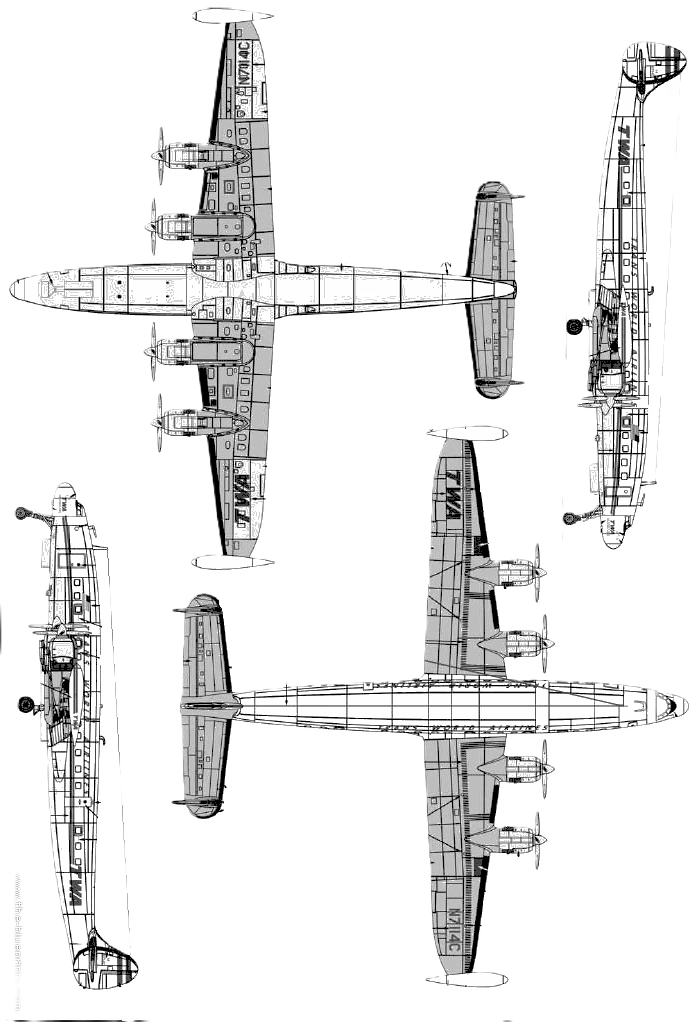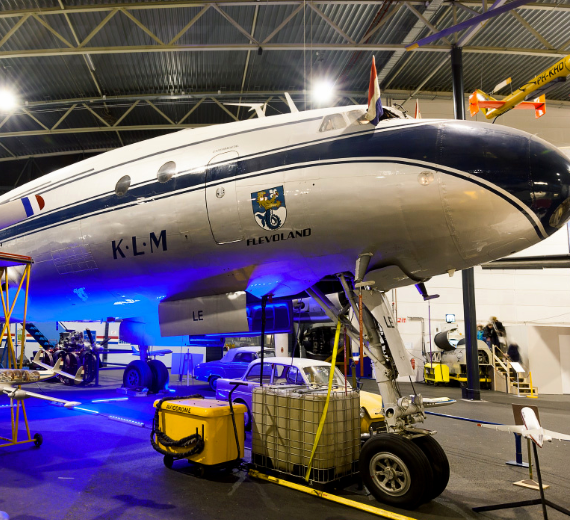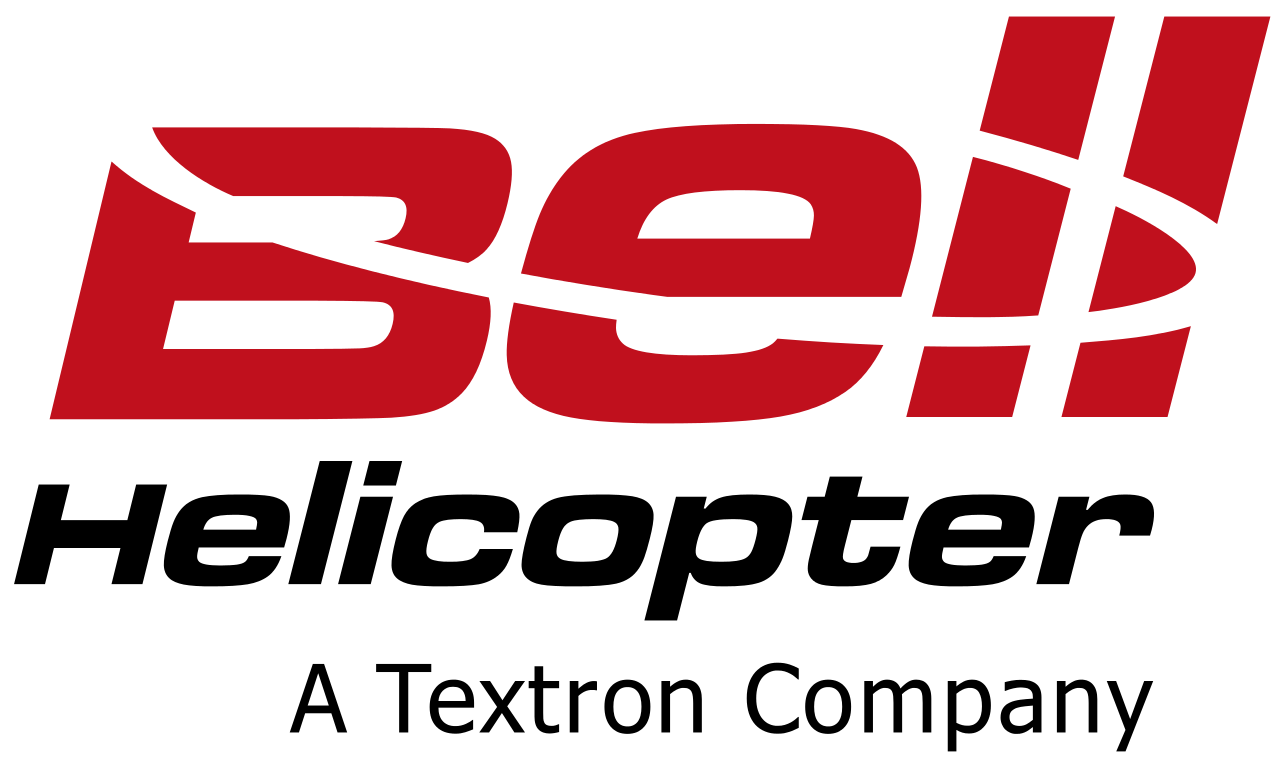Lockheed Corporation
L-749 Constellation
National origin United States
Manufacturer Lockheed Corporation
First flight March 14, 1947
Introduction April 18, 1947
Retired 1993
Primary users Trans World Airlines / Air France
KLM / Eastern Air Lines
Produced 1947–1951
Number built 119
Developed from Lockheed L-649 Constellation
Variants Lockheed C-121 Constellation
Lockheed PO-1W/WV-1 Constellation
.
History Lockheed / Martin Aircraft
Lockheed
L-749 Constellation
In early 1947, the Lockheed Aircraft Corporation unveiled the L-749, a derivative of its L-649 Constellation with fuel tanks to increase its maximum range by 1,000 statute miles (1,600 km). Due to the increased weight, the landing gear and tires had to be strengthened. Jet stacks were also introduced, increasing speed by 15 miles per hour (24 km/h). These jet stacks increased the noise, requiring more insulation. As with the L-649, ten different layouts of the internal cabin were possible. Airlines originally attracted to the L-649 changed their orders to the L-749. The L-749 was to become the standard version of the regular Constellation. The L-749 first flew on March 14, 1947, and received certification that same month. The first L-749 was delivered to Air France on April 18, 1947. Pan American World Airways received its first L-749 in June, and L-749 service began the same month on their "Round The World" service. The L-749 also entered service with various other airlines, including Trans World Airlines (TWA), KLM, Cubana de Aviación, Línea Aeropostal Venezolana and Avianca.
Variants
Main article: Lockheed Constellation variants

- L-749
- Standard production version, powered by four Wright R-3350-749C18BD-1 radial engines. 60 built.
- L-749A
- Reinforced structure and an increased MTOW. 59 built.
- L-749B
- Proposed turboprop version. None built.
- L-849
- Planned version of L-749 powered by Wright R-3350 TurboCompound engines.
- L-949
- Proposed Speedfreighter combi version of L-849 with an 18 ft 4 in (5.59 m) fuselage stretch
0
KmCeiling
0
Km/hMAX RANGE
0
Km/hAircraft Speed
0
Max Crew
Photo Gallery
Lockheed/Martin Aircraft
Lockheed
L-749 Constellation


Lockheed / Martin Aircraft
Lockheed
L-749 Constellation
Lockheed Martin
- Crew: 6-8 (pilot, copilot, radio operator, engineer, and 2-4 flight attendants)
- Capacity: 60-81 passengers
- Length: 97 ft 4 in (29.67 m)
- Wingspan: 123 ft (37 m)
- Height: 22 ft 5 in (6.83 m)
- Wing area: 1,650 sq ft (153 m2)
Powerplant
- Empty weight: 56,590 lb (25,669 kg)
- Max takeoff weight: (48,534 kg)
- Powerplant: 4 × Wright R-3350-749C18BD-1 Duplex-Cyclone 18-cylinder air-cooled radial piston engines, 2,500 hp (1,900 kW) each
- Propellers: 3-bladed constant-speed fully feathering propellers
Specifications
- Cruise speed: 345 mph (555 km/h,
- Range: 4,995 mi (8,039 km, 4,341 nmi) maximum fuel
-
-
-
- 2,600 mi (2,259 nmi; 4,184 km) maximum payload
-
-
- Service ceiling: 24,100 ft (7,300 m)
Aircraft of
comparable role
.
Links to Youtube & Others
Lockheed started producing the improved L-749A in 1949. It had a strengthened fuselage, further strengthened landing gear and a Plycor floor.
Lockheed
L-749 Constellation
The first civil customer for the L-749A was South African Airways but its largest customer was TWA, which had 26 L-749As;.
Youtube Link
The United States Navy followed in, ordering two L-749As as PO-1Ws (later WV-1s). The first L-749A off the production lines were destined for the military..
